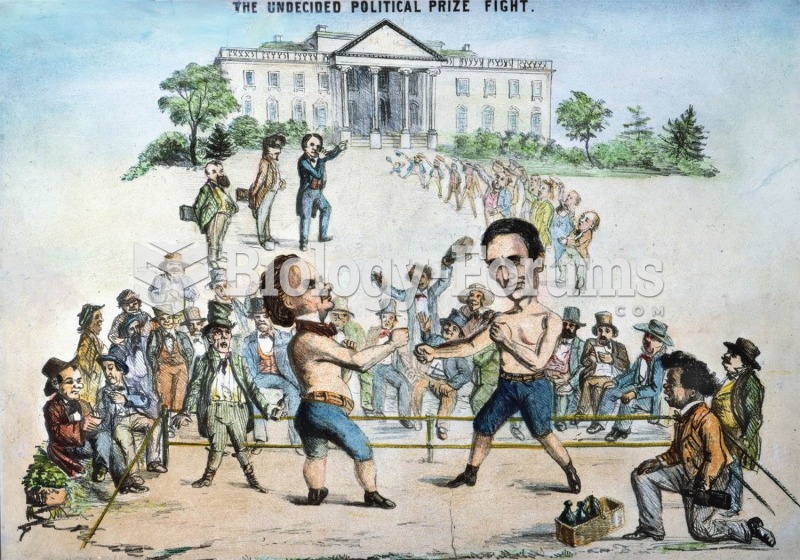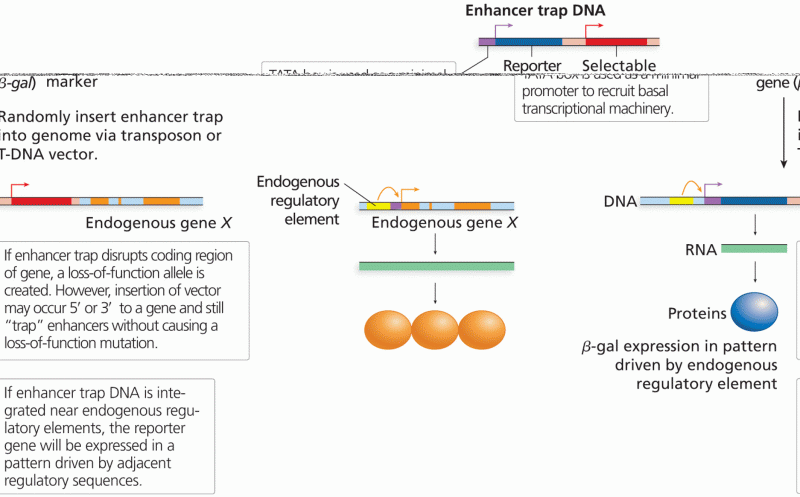This topic contains a solution. Click here to go to the answer
|
|
|
Did you know?
Approximately 70% of expectant mothers report experiencing some symptoms of morning sickness during the first trimester of pregnancy.
Did you know?
There are approximately 3 million unintended pregnancies in the United States each year.
Did you know?
There are 20 feet of blood vessels in each square inch of human skin.
Did you know?
There are more bacteria in your mouth than there are people in the world.
Did you know?
The oldest recorded age was 122. Madame Jeanne Calment was born in France in 1875 and died in 1997. She was a vegetarian and loved olive oil, port wine, and chocolate.







